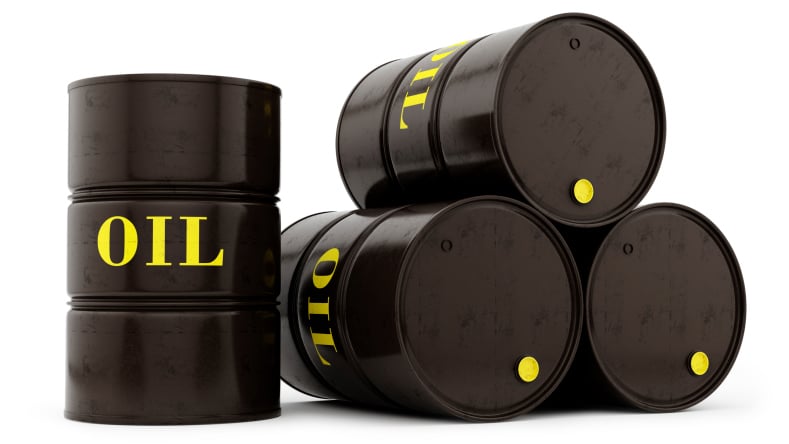The U.S. Energy Information Administration (EIA) released its weekly petroleum status report Wednesday morning. U.S. commercial crude inventories decreased by 1.8 million barrels last week, maintaining a total U.S. commercial crude inventory of 385.5 million barrels. Crude inventories remain well above the upper limit of the five-year range for this time of the year. Source: Thinkstock
Source: Thinkstock
Total gasoline inventories increased by 3 million barrels last week and remain well above the upper limit of the five-year average range. Total motor gasoline supplied (the EIA’s measure of consumption) averaged about 9.3 million barrels a day for the past four weeks, up by 4.6% compared with the same period a year ago.
Distillate inventories increased by 1.9 million barrels last week and remain in the lower half of the average range. Distillate product supplied averaged about 4.1 million barrels a day over the past four weeks, up by 9.2% when compared with the same period last year. Distillate production averaged 5.3 million barrels a day last week, about 100,000 barrels a day more than the prior week’s production.
Tuesday evening the American Petroleum Institute (API) reported that crude inventories rose by 760,000 barrels in the week ending December 26. For the same period, analysts surveyed by Platts had estimated a decrease of 1.5 million barrels.
ALSO READ: U.S. Drilling Rig Count Tumbles to 2-Year Low
Before the EIA report, West Texas Intermediate (WTI) crude for February delivery was trading down about 1.7% at around $53.20 a barrel Wednesday morning. The WTI price rose to around $53.35 (down about 1.5% for the day) immediately after the report was released. Crude set a 52-week low of $52.61 in electronic trading on the NYMEX earlier this morning. The 52-week high is $101.33.
For the past week, crude imports averaged 7.1 million barrels a day, down by 1.2 million barrels a day compared with the previous week. Refineries were running at 94.4% of capacity, with daily input of 16.4 million barrels a day, about 36,000 barrels a day above the previous week’s average.
The inventory decline for crude likely indicates that refineries are holding off on more purchases until they run some of the more expensive crude at the bottom of their tanks before refilling with the current lower price oil. Gasoline supplies rose sharply again, and that should help moderate the expected crude price gain.
According to AAA, the current national average pump price per gallon of regular gasoline is $2.257, down from $2.353 a week ago and from $2.776 a month ago. Last year a gallon of regular cost $3.317 on average in the United States.
ALSO READ: 10 Huge Countries Without Their Own Oil
Here is a look at how share prices for two exchange traded funds are reacting to the latest EIA report.
The United States Oil ETF (NYSEMKT: USO) traded down nearly 1.5%, at $19.95 in a 52-week range of $19.87 to $39.44. The low was set earlier in the morning.
The Market Vectors Oil Services ETF (NYSEMKT: OIH) also traded down nearly 1.5%, at $35.68 in a 52-week range of $33.54 to $58.01.
Take This Retirement Quiz To Get Matched With A Financial Advisor (Sponsored)
Take the quiz below to get matched with a financial advisor today.
Each advisor has been vetted by SmartAsset and is held to a fiduciary standard to act in your best interests.
Here’s how it works:
1. Answer SmartAsset advisor match quiz
2. Review your pre-screened matches at your leisure. Check out the
advisors’ profiles.
3. Speak with advisors at no cost to you. Have an introductory call on the phone or introduction in person and choose whom to work with in the future
Take the retirement quiz right here.
Thank you for reading! Have some feedback for us?
Contact the 24/7 Wall St. editorial team.


